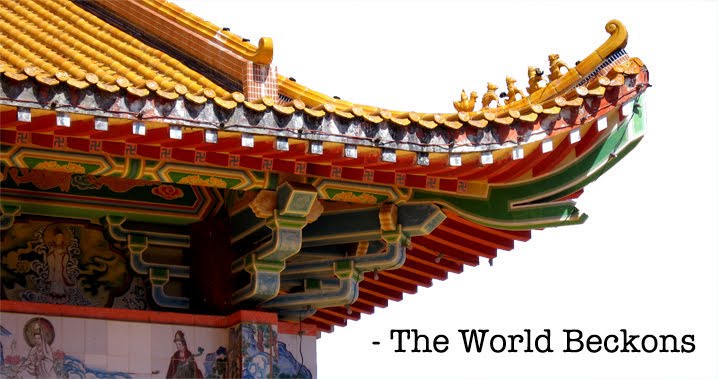Shoal Cove, NL – As we carved through the Viking Trail this morning, the temperature dropped nine degrees in two minutes. 
The irony is not lost.
A lone caribou loped along the flat terrain.
This has been a journey of small adventures matched by changing landscapes: crooked trees bent under the weight of ocean winds; smooth rock faces rising into sharp plateaus; and brightly painted fishing villages shrugging off the fog.
The province's geology, and reminders of its role in the formation of continents, have been constant. Today provides one of the best examples – a short story in our trip that’s 500-million years in the making.
We have arrived under a melting sun at The Tablelands in Gros Morne National Park, where we're faced by mountains of rusted stone that remind me of graham cracker crumbs. Even in the heat, the hills remain snow-capped.
A stream bleeds from all the iron.
It's one of the few places in the world you can readily walk on the Earth's mantle – the layer of rock that exists below the Earth’s crust. It's our planet, turned partially inside-out.
The landscape here is barren less because of the weather than for the metal content of the rock – peridotite – which pushed itself to the surface as ancient continents collided a half-billion years ago. Still, tiny purple flowers creeps skyward like dainty boutonnieres. And meat-eating pitcher plants find their own ways to survive.
I won't be the first to describe it as walking on Mars.

No comments:
Post a Comment